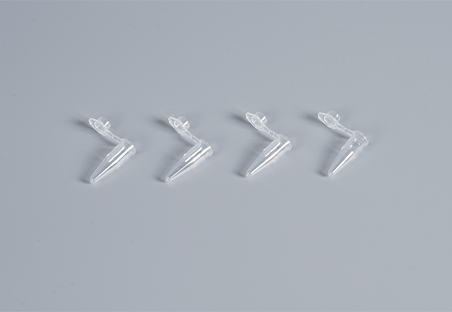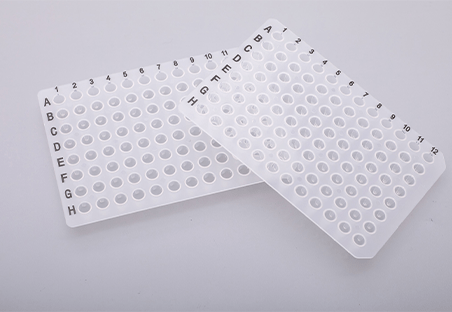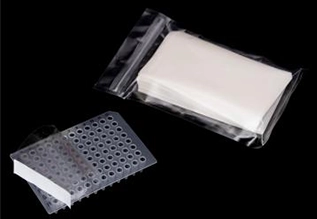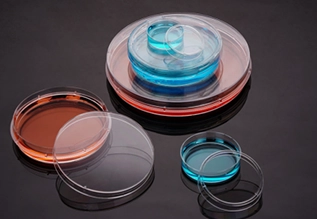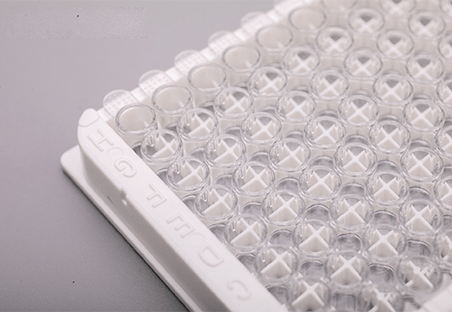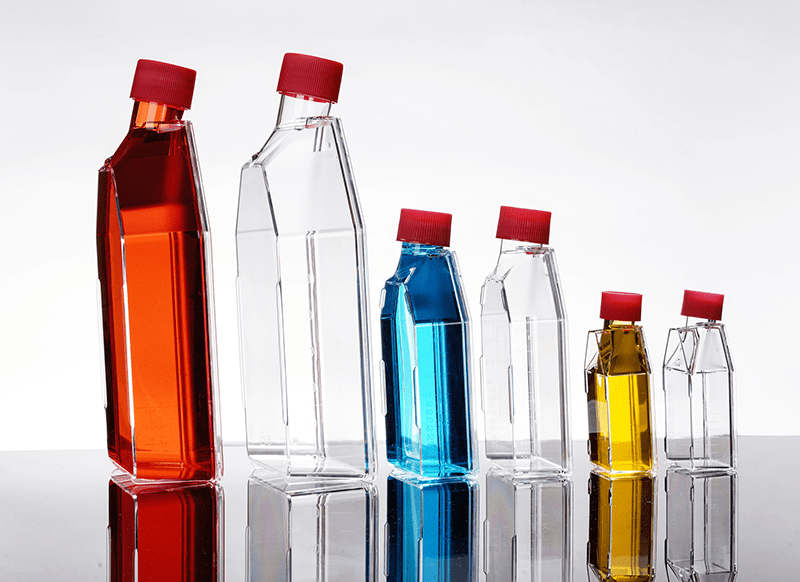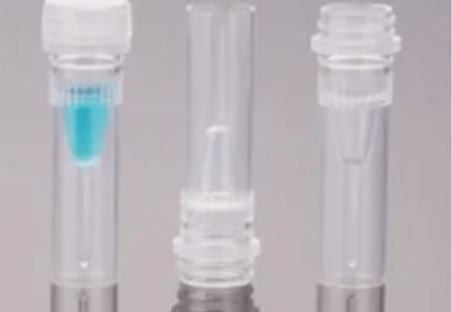Screw cap tubes as the common microcentrifuge tubes ubiquitous in laboratories, often store substances. If it is leaked, can pose significant environmental and health risks. While these tubes are designed for safe containment, improper usage, storage, or maintenance can lead to leakage, resulting in unintended consequences. The lab consumables expert Scopelab the potential dangers of screw cap tube leakage, provides practical tips for ensuring secure seals and outlines emergency procedures to follow in case of a leak. By understanding these critical aspects, individuals and organizations can take proactive measures to prevent leaks and mitigate their harmful effects.
Potential Environmental and Health Impacts of Screw Cap Tube Leakage
Water Pollution
Leaked substances from screw cap tubes can seep into soil and contaminate groundwater and surface water bodies, posing risks to aquatic life and human consumption. This can lead to the contamination of drinking water sources and aquatic ecosystems, impacting both human health and the environment. Nutrient-rich leakage can lead to algal blooms and eutrophication, depleting oxygen levels in water bodies and causing fish kills. This can disrupt aquatic ecosystems and reduce the availability of oxygen for aquatic organisms.
Air Pollution
Leakage of volatile substances can release harmful VOCs into the atmosphere, contributing to smog formation and respiratory problems. These VOCs can react with other pollutants to form ground-level ozone, which can irritate the lungs and exacerbate respiratory conditions. Some leaked substances from screw cap tubes may be greenhouse gases, exacerbating climate change. This can contribute to rising global temperatures, sea level rise, and changes in weather patterns.
Soil Contamination
Leaked substances from screw cap tubes can alter soil chemistry and physical properties, reducing soil fertility and affecting plant growth. This can lead to reduced agricultural productivity and the loss of biodiversity. Contaminants can leach from contaminated soil into groundwater, further spreading pollution. This can contaminate drinking water sources and pose risks to human health.
Human Health Risks
Direct contact with leaked chemicals or ingestion of contaminated food or water can lead to acute health effects such as skin irritation, respiratory distress, and even death. Chronic exposure can result in long-term health problems like cancer, birth defects, and neurological disorders. Some microcentrifuge tube chemicals can disrupt the endocrine system, leading to reproductive and developmental problems. This can have serious consequences for human health and reproductive capabilities.

How to Ensure a Secure Seal with Screw Cap Tubes
Ensuring a secure seal with screw cap tubes is paramount in various applications, especially when dealing with sensitive or hazardous materials. To achieve a reliable and leak-proof seal, consider the following key factors:
Selecting the Right Screw Cap
- Material Compatibility: The chosen cap material should be compatible with the tube material to prevent chemical reactions or stress cracking that could compromise the seal. For instance, polypropylene caps are often used with polypropylene tubes due to their compatibility and resistance to chemicals.
- Thread Design: The thread design of the cap should be optimized for a secure fit with the tube’s threads. Factors like thread pitch, depth, and profile play crucial roles in determining the effectiveness of the seal. A well-designed thread profile ensures proper engagement and prevents gaps that could lead to leakage.
- Liner Selection: In some cases, a liner material is incorporated into the cap to provide an additional sealing barrier. The liner material should be compatible with the contents of the tube and offer a good seal. Common liner materials include silicone, PTFE, and rubber.
Proper Preparation
- Cleanliness: Ensuring that both the tube and the cap are clean and free from contaminants is essential for a secure seal. Dust, particles, or other foreign matter can interfere with the sealing surface and compromise the integrity of the joint.
- Surface Condition: Inspect the surface of the tube and cap for any scratches, burrs, or other imperfections that could affect the seal. These imperfections can create gaps or uneven surfaces that may prevent a tight fit.
Tightening Torque
- Appropriate Torque: Applying the correct tightening torque is crucial for achieving a secure seal without damaging the threads or the tube. Overtightening can lead to thread stripping or deformation, while undertightening may result in inadequate sealing pressure.
- Torque Wrench: For critical applications, using a torque wrench to accurately control the tightening torque is recommended. This ensures consistent and reliable sealing pressure.
Gaskets and O-rings
- Gasket or O-ring Selection: In some cases, incorporating a gasket or O-ring between the cap and the tube can provide an additional sealing surface and enhance the overall seal integrity. The gasket or O-ring material should be compatible with the contents of the tube and the cap, and it should be properly sized and installed.
Thread Engagement
- Full Thread Engagement: Ensuring that the threads on the cap fully engage with the threads on the tube is essential for a secure seal. Incomplete thread engagement can create gaps that allow leakage.
- Thread Lubrication: Applying a thread lubricant can reduce friction and help to ensure full thread engagement. This is particularly important for materials that may have a tendency to bind or gall.
Sealing Compounds
- Thread Sealant or Anaerobic Adhesive: Applying a thread sealant or anaerobic adhesive to the threads can fill any gaps and provide a chemical bond between the cap and the tube. These compounds can enhance the seal integrity and prevent leakage, especially in applications with high pressures or corrosive substances.
Inspection and Testing
- Visual Inspection: After assembly, visually inspect the sealed joint for any signs of leakage or damage. Look for any visible gaps, cracks, or other abnormalities that could indicate a compromised seal.
- Leak Testing: For critical applications, perform leak tests using appropriate methods, such as pressure testing or dye testing. These tests can help to identify any leaks or weaknesses in the seal.
By carefully considering these factors and implementing appropriate measures, you can significantly improve the reliability and performance of screw cap tubes, ensuring a secure seal and preventing leakage of valuable or hazardous materials.
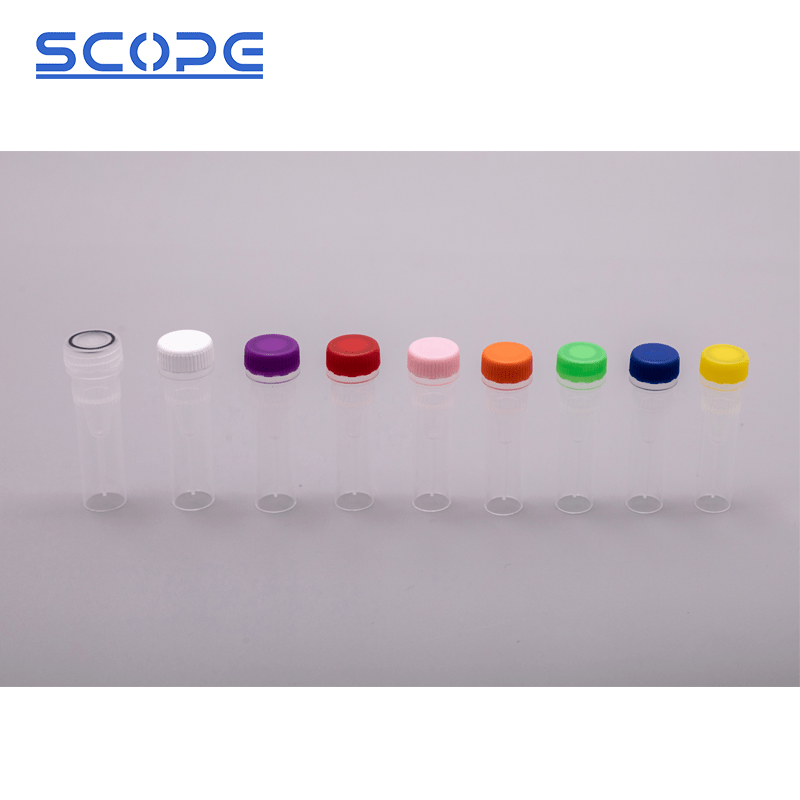
Emergency Procedures for Screw Cap Tube Leakage
If a screw cap tube leaks, it is essential to take immediate action to minimize the potential hazards and environmental impact. Here are the recommended emergency procedures:
- Isolate the Leak: Immediately close any valves or controls that can isolate the leaking screw cap tube to stop the flow of the substance and reduce the amount of material released. Use physical barriers or absorbent materials to contain the spill and prevent its spread.
- Assess the Situation: Determine the nature of the leaked substance from the screw cap tube. Is it flammable, corrosive, toxic, or radioactive? Assess the severity of the leak, considering factors such as the volume of the spill, the rate of leakage, and the potential for harm to personnel or the environment.
- Ensure Safety: If the leaked substance from the screw cap tube poses a significant hazard, evacuate personnel from the immediate area and establish a safe perimeter. Activate the emergency response team, if available, to coordinate the response effort. Ensure that all response personnel wear appropriate PPE, such as chemical-resistant suits, gloves, and respirators.
- Contain the Spill: Use absorbent materials like spill pads, booms, or diatomaceous earth to contain the spill and prevent further contamination. If necessary, create dikes or barriers to contain the spill within a specific area.
- Stop the Leak: If possible, try to tighten the cap of the microcentrifuge tube or replace the sealing gasket to stop the leak. Use temporary repair methods, such as applying a sealant or adhesive, to stop or slow the leak.
- Cleanup and Disposal: Carefully clean up the spilled material following appropriate procedures. Avoid creating additional hazards during the cleanup process. Dispose of contaminated materials and cleanup materials according to local regulations and hazardous waste disposal guidelines.
- Monitor and Document: Monitor the situation to ensure that the screw cap tube leak has been fully contained and that there are no secondary releases. Document the incident, including the date, time, location, substances involved, actions taken, and any injuries or environmental damage.
- Report the Incident: Report the incident to your supervisor or safety officer. If required by local regulations, report the incident to the appropriate regulatory agencies.
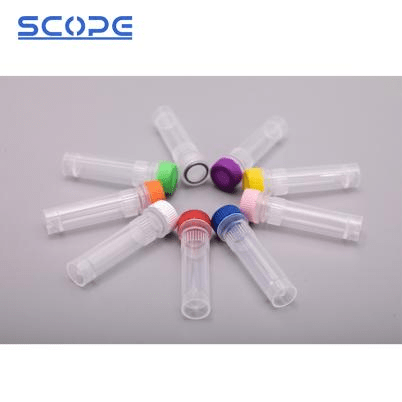
Take the Right Action Now!
After understanding the potential risks associated with leakage, implementing effective sealing practices, and having a well-prepared emergency response plan in place, individuals and organizations can significantly reduce the likelihood of incidents and minimize their consequences. Through collective efforts with lab consumables supplier Scopelab, we can ensure that screw cap tubes continue to serve their intended purpose without compromising the well-being of our communities and the environment.
